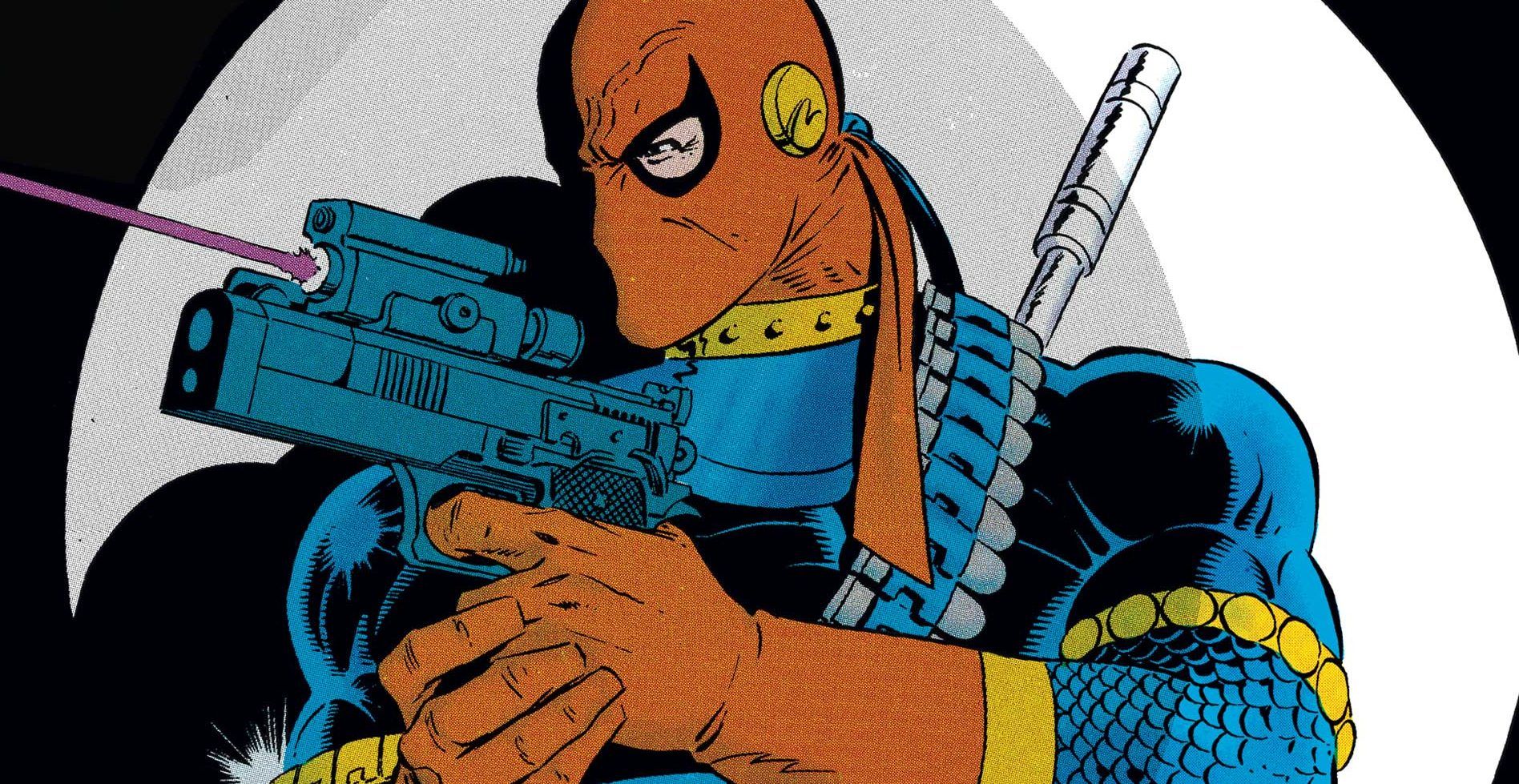

Ellis plotted the general direction for each of the Counter-X books, and initially co-wrote each title with Steven Grant on X-Man, Ian Edginton on X-Force, and Brian Wood on Generation X. Warren Ellis was then approached, and the Counter-X line was born. Originally Rob Liefeld had been approached to take over the titles, but turned down the offer when he found out he would be unable to hire his own colorists. Counter-X Īs part of the Revolution event three X-titles, X-Man, X-Force, and Generation X were to be show-run by a longstanding creator working with new writers and artists.

Furthermore, Claremont stated in later interviews that he had ghostwritten several issues of various X-Men titles before the event. Uncanny X-Men did not join the "Revolution" event until its June 2000 issue.

The excitement of the event was dampened by Marvel Comics' timing, as most of the series involved had launched with all or part of their new creative teams a month before the event, even though the "Revolution" logo was still printed on the May issues. The event also included nods to early-1990s marketing strategies, such as printing variant covers and including trading cards. 2 and Uncanny X-Men, after nearly a decade's absence. The most publicized of the changes was the return of writer Chris Claremont to the flagship titles X-Men vol. Many characters' costumes were redesigned, and a "Revolution" logo was printed along the right-hand side of each issue. To this end, new creative teams were assigned to the titles. In most cases, "Revolution" also marked an attempt to send each title in a new creative direction. In each series, the "Revolution" issue represented a jump of six months after the previous issue's events. " Revolution" was the title given to the May 2000 revamp of Marvel Comics' X-Men-related comic books, timed to coincide with the publication of X-Men vol.


 0 kommentar(er)
0 kommentar(er)
